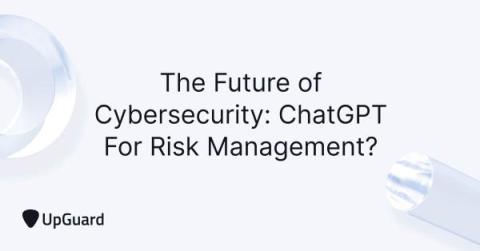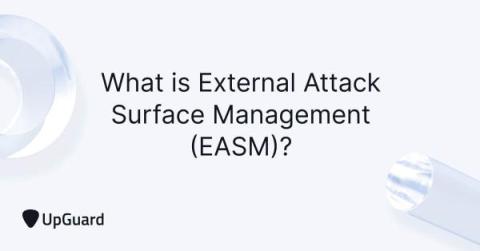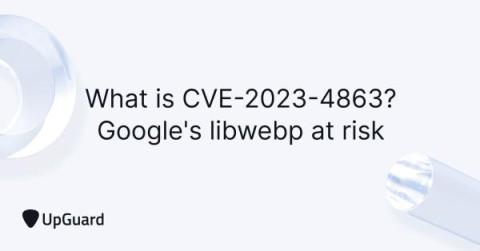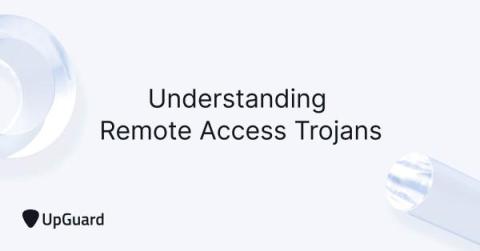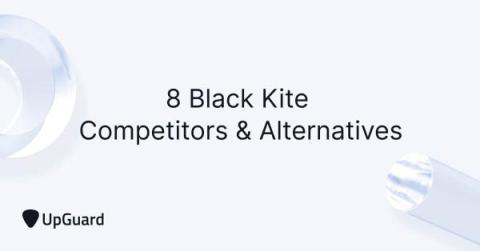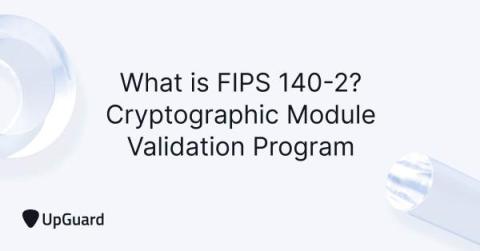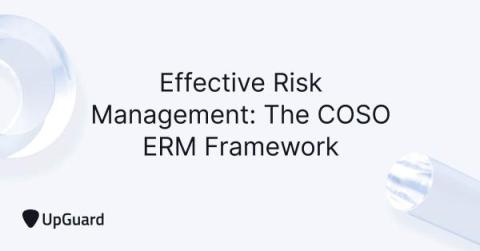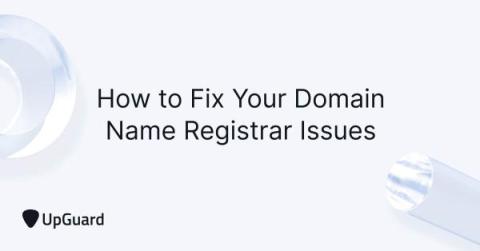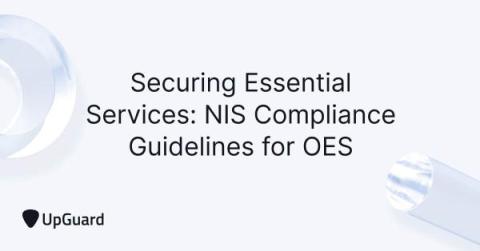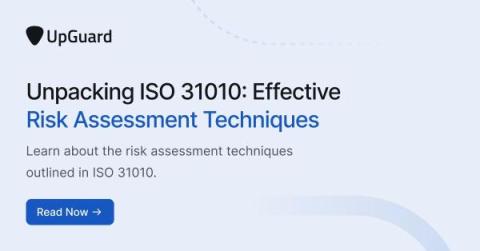The Future of Cybersecurity: ChatGPT For Risk Management?
When ChatGPT, a generative AI chatbot developed by OpenAI, was introduced in November 2022, the digital world changed forever. Endless questions and even more speculation surrounded the release, and most industries, including cybersecurity, were divided on the tool’s value. The advocates quickly prophesized how artificial intelligence would improve their daily decision-making and elevate their understanding of complex concepts.


